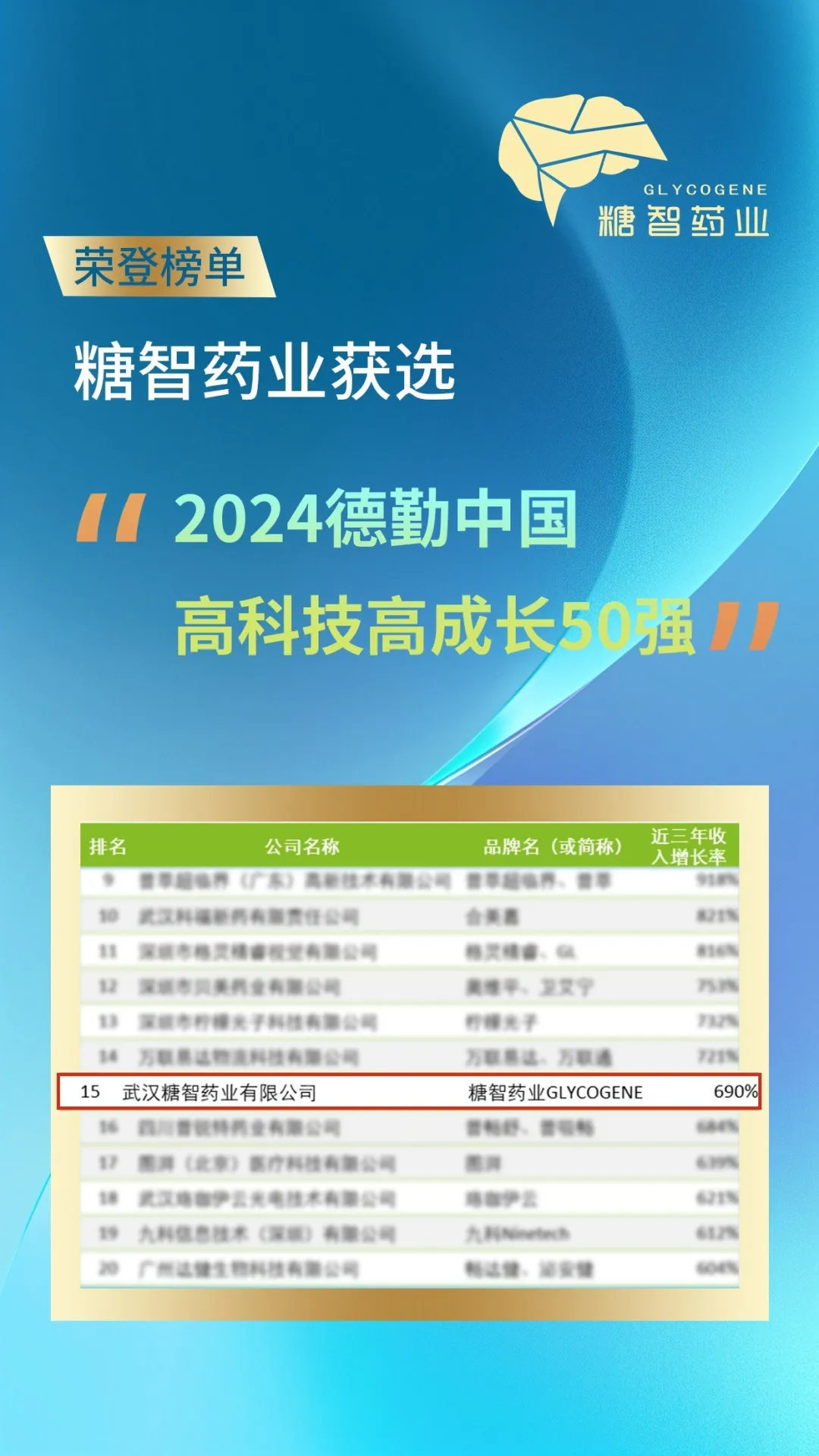New DNA-encoded chemical library technology to aid drug discovery and development
Release time:
2024-09-25
Summary:(Science and Technology Daily) Although researchers have made significant progress in the development of molecular therapies in recent years, the number of newly discovered active substances remains insufficient. Now, the DNA-encoded chemical library (DEL) technology, jointly developed by Harvard University in the US and ETH Zurich in Switzerland, offers a new solution. The technology can automate the synthesis and testing of billions of compounds in a matter of weeks, and can also be used to produce larger drug molecules that will act on targets that are difficult to reach with traditional small molecules.

(Science and Technology Daily) Although researchers have made significant progress in the development of molecular therapies in recent years, the number of newly discovered active substances remains insufficient. Now, the DNA-encoded chemical library (DEL) technology, jointly developed by Harvard University in the US and ETH Zurich in Switzerland, offers a new solution. The technology can automate the synthesis and testing of billions of compounds in a matter of weeks, and can also be used to produce larger drug molecules that will act on targets that are difficult to reach with traditional small molecules.
At the heart of the DEL technology lies its combinatorial chemistry, which starts with a single chemical building block and produces a large number of different molecular variants in a number of combinatorial ways. Scientists then screen for compounds with the desired biological activity. The molecular diversity grows exponentially as the number of synthesis cycles increases and as different modules are combined in each cycle.
In order to accurately identify the active molecules in the complex mixture of molecules, the DEL method employs an ingenious strategy: specific DNA fragments are linked to each chemical building block. In this way, each molecular combination has a unique DNA sequence as an identifier. By testing the ability of the entire mixture to bind to specific proteins and recognizing individual DNA fragments, the team was able to quickly target molecules.
The team innovated a self-purification mechanism to remove contaminants from the synthesis process. They combined molecular synthesis with magnetic particles to automate processing and cleaning. They also introduced a second chemical linkage component that acts only when the last building block is attached, ensuring the purity of the final product.
This innovation not only dramatically increases the capacity of the DEL library, allowing it to hold billions of molecules, but also permits the synthesis of large molecules containing five or even more structural units. This means that in the future, scientists will no longer be limited to searching for small molecules that precisely match the active sites of proteins, but will also be able to explore macromolecules that are able to interact with multiple regions on the surface of proteins.
The breakthrough advances the field of drug discovery and brings a boon to basic biological research.
Previous Page
Working Together, Chasing the Light | Tangzhi Pharmaceutical 2025 New Year Gala
Summary: As the year turns and a new chapter unfolds, we look back on 2024, a year of progress and achievement for Tangzhi. This year, we held grand annual meetings in Wuhan, Qingdao, and Panjin, celebrating our successes together. Wuhan, as the headquarters of Tangzhi Pharmaceutical, holds our initial aspirations and dreams. In 2024, we achieved remarkable results. The company was successfully selected for Wuhan's "Backbone High-tech Enterprise Gazelle Plan" and recognized as a "Potential Unicorn" enterprise in the East Lake High-tech Development Zone, a "2024 Deloitte China High-Tech High-Growth 50 Strong" company, and a "2024 Deloitte Guanggu High-Tech High-Growth Top 20" company. Over the past year, Tangzhi Pharmaceutical has continued to focus on technological innovation and product development, resulting in steady revenue growth. At the Wuhan annual meeting, in his opening address, Chairman Wang Peng reviewed the outstanding achievements we made in technological innovation and market expansion, thanked every employee for their hard work, and looked forward to the new year, where we will continue to cultivate the fields of sugar and nucleic acids, providing even better products and services to global customers.
2025-01-27
Summary: Recently, the "2024 Deloitte China Technology Fast 50" (hereinafter referred to as "China 50") was announced. Tangzhi Pharmaceutical, with its outstanding performance and rapid growth in the fields of sugar and nucleic acids, was honored to be on the list, ranking 15th with a revenue growth rate exceeding 690%! This honor is not only an affirmation of Tangzhi Pharmaceutical's innovative strength in the fields of sugar and nucleic acids, but also a commendation for its high-speed growth in a difficult environment. The Deloitte China Technology Fast 50 program has always been regarded as a "benchmark for high-growth companies globally." The selection of Tangzhi Pharmaceutical marks its leading position and strong competitiveness in the industry.
2025-01-21
New DNA-encoded chemical library technology to aid drug discovery and development
Summary: (Science and Technology Daily) Although researchers have made significant progress in the development of molecular therapies in recent years, the number of newly discovered active substances remains insufficient. Now, the DNA-encoded chemical library (DEL) technology, jointly developed by Harvard University in the US and ETH Zurich in Switzerland, offers a new solution. The technology can automate the synthesis and testing of billions of compounds in a matter of weeks, and can also be used to produce larger drug molecules that will act on targets that are difficult to reach with traditional small molecules.
2024-09-25




